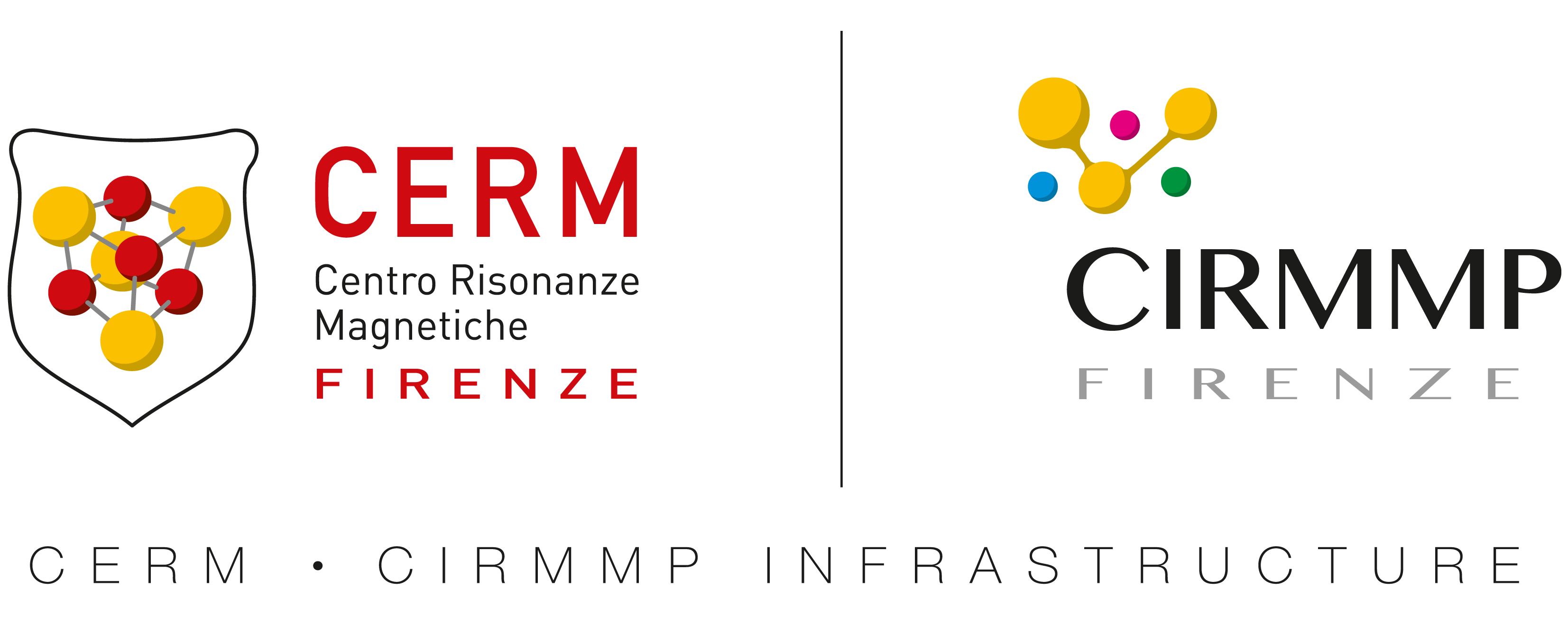RTD Project Title : Development of NMR Instrumentation and Software to Achieve Excitation and Detection of Large Bandwidths and Dipolar Couplings in High Resolution Spectra at High-Field
Contract N° : ERBFMGECT980107
Name of Contract Manager : Ivano Bertini
Contract Value (ECU) : 600,000
Contractual period : 01/05/98 to 01/05/2000
Partnership Summary
1 CONSORZIO INTERUNIVERSITARIO RISONANZE MAGNETICHE METALLOPROTEINE PARAMAGNETICHE
2 BRUKER ANALYTIK GMBH
3 UNIVERSITY FRANKFURT
4 AGRICULTURAL UNIVERSITY WAGENINGEN
COORDINATOR
1. Prof. Claudio Luchinat
Consorzio Interuniversitario Risonanze Magnetiche Metalloproteine Paramagnetiche (CIRMMP)
OTHER PARTICIPANTS
2. Dr. Tony Keller, Bruker Analytik GmbH (DE)
3. Prof. Christian Griesinger, Johann Wolfgang Goethe Universitaet (DE)
4. Prof. Jacques Vervoort, Wageningen Agricultural University (NL)
PROJECT OVERVIEW
The objective of this project is aimed at the development of novel probeheads, digitizers and data acquisition routines to optimize signal detection and heteronuclear information in NMR spectrometers at high-field. The goals of these objectives are to develop two novel probes for 800 MHz instruments: (A) large bandwidth detection probe; (B) probe for detection of quenched dipolar couplings. This new hardware would be used under high-resolution conditions and will drastically improve the performance of the currently available instrumentation.
The short-pulse, flat-baseline probe for excitation and detection over large spectral widths will allow to analyze paramagnetic proteins with unparalleled effectiveness, thus addressing the increasing need to excite with an acceptable radiofrequency power and acquire larger and larger bandwidths, especially required for paramagnetic substances. The development of a large bandwidth detection probe requires optimization and further improvement of auxiliary electronic equipment and computer software. The fast sample-shuttling probe will allow polarization and detection at high fields as well as the measurement of heteronuclear dipole-dipole interaction at low fields. The detection of quenched dipolar couplings between different nuclear species will be a precious source of structural and dynamic information and will allow e.g. the direct detection of hydrogen bonds in proteins, which is a major obstacle in structure determination for all NMR structure biology groups in academia as well as in industry.
The successful realization of these two prototypes is expected to provide a tremendous increase in the quality, and a significant increase in the quantity of users access. Although no link exists between the present project and non-European facilities, both probes to be developed address technological challenges that when solved will be useful to many NMR users throughout the world. The successful completion of the present project will maintain European industry on the one hand and European researchers on the other at the forefront of NMR technology.
